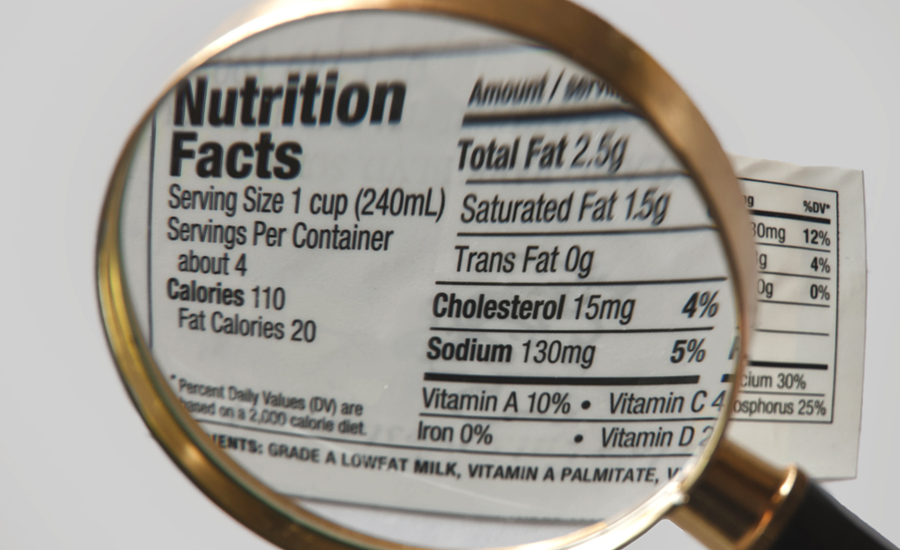New research commissioned by Heart & Stroke, a Canadian charity dedicated to advocacy, education and the funding of research surrounding heart disease and stroke, shows that ultra-processed food consumption in Canada continues to increase and is alarmingly high, accounting for almost half of the daily calorie intake. Most troubling is that young people get more than half their calories from ultra-processed foods – more than any other age group. The highest consumers are kids ages 9-13 who get 57% of their calories from energy-dense, nutritionally-lacking products.
“Ultra-processed food consumption increased from 47.7% of our daily calories in 2004 to 48.3% in 2015. Consumption of these products is high amongst all socio-economic groups,” says Dr. Jean-Claude Moubarac, author of the report and assistant professor at the University of Montreal, Canada.
Newcomers consume considerably less of their calories from ultra-processed foods than those born in Canada.
The research also reveals that the products that provide the most calories in today’s diets are pre-prepared, ready-to-eat dishes such as pizza, burgers, sandwiches and frozen dishes, followed by packaged breads and sweetened drinks.
“Canadians are consuming high levels of ultra-processed foods, and are not eating enough healthy, whole foods,” says Moubarac. “Ultra-processed foods displace all other food groups. They are usually branded assertively, packaged attractively and marketed intensively, especially to our children.”
With the proliferation of processed, packaged and ready-to-eat or -heat foods in Canada and the negative effects on health, stronger food policies and guidelines are required.
“Food processing has increased rapidly, and the resulting products are problematic. We need to work together to change the food environment to make the healthy choices the easier choices,” says Yves Savoie, chief executive officer, Heart & Stroke. “We are looking forward to the release of the revised food guide, implementation of new easy-to-understand, highly visible front-of-package nutrition labeling and legislation restricting unhealthy food and beverage marketing to children.”


